Imagine a world where a small, seemingly insignificant fern holds the power to alter the climate. This is no fantasy. The Azolla event, which occurred about 49 million years ago, is a testament to this reality. During this time, the Earth was a sweltering greenhouse, with polar regions free of ice. Then came Azolla, a tiny aquatic fern, which played a pivotal role in transforming our planet’s climate. Today, as we grapple with climate change, scientists are revisiting Azolla with hopes of harnessing its potential once again.
The Mighty Azolla: Small Yet Powerful
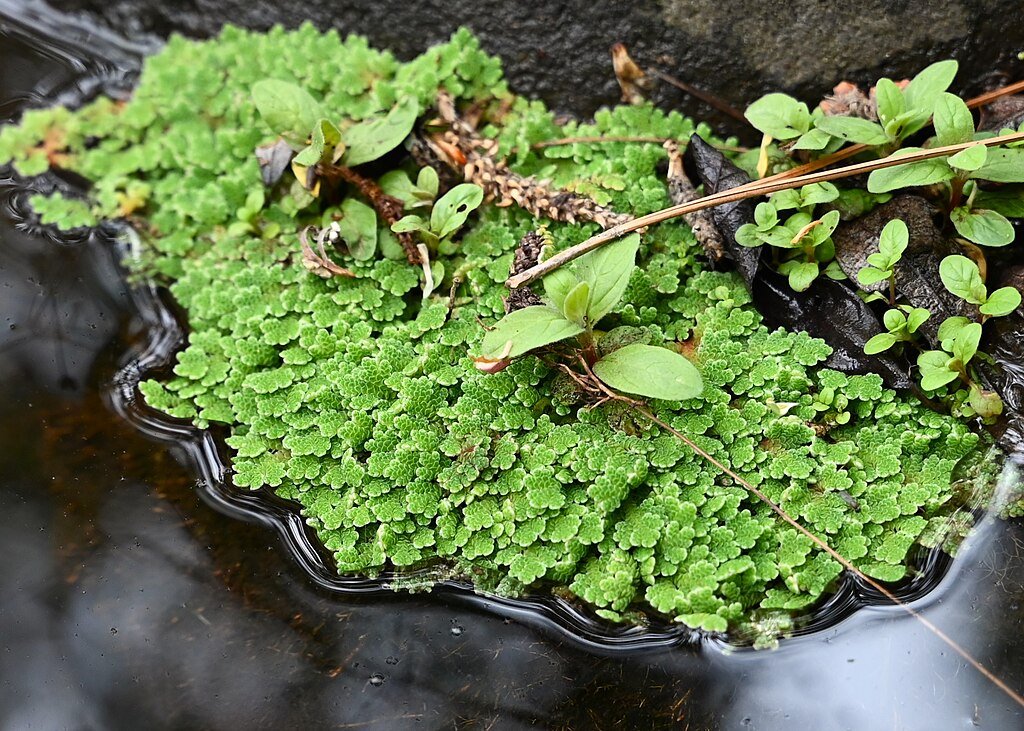
Azolla is often overlooked due to its diminutive size, yet its influence on the planet is profound. This little plant thrives in freshwater environments, often forming dense mats on the surface. Despite its small stature, Azolla is a powerhouse when it comes to photosynthesis. It draws carbon dioxide from the atmosphere and stores it in its tissues, reducing greenhouse gas levels. Imagine a sponge soaking up water, but in this case, Azolla soaks up carbon dioxide, helping to cool the planet.
The Azolla Event: A Turning Point in Earth’s History
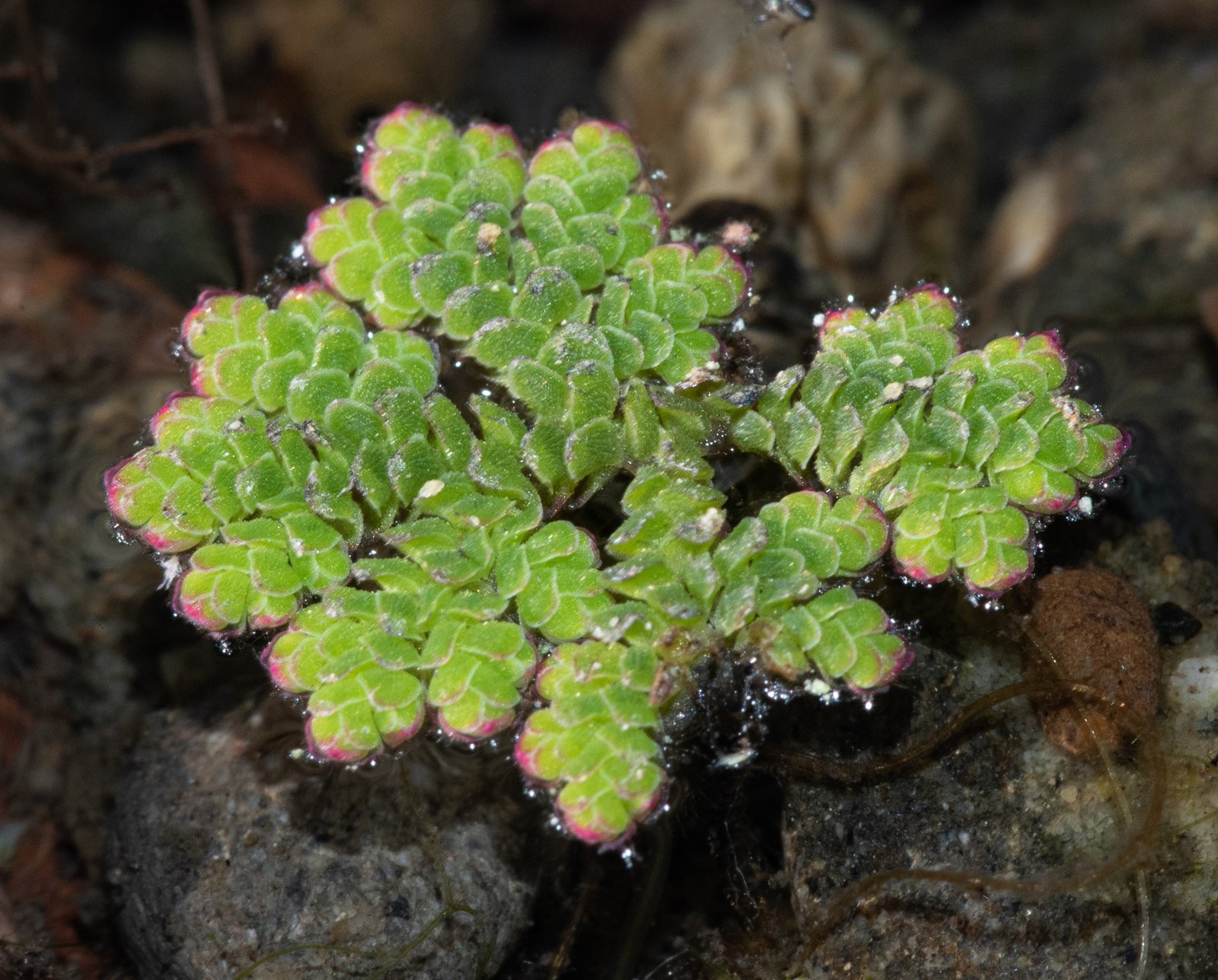
Some 49 million years ago, during the Eocene epoch, the Earth experienced what is now known as the Azolla event. Vast mats of Azolla covered the Arctic Ocean, sequestering massive amounts of carbon over a period of about 800,000 years. This process significantly reduced atmospheric CO2 levels, leading to a global cooling that laid the groundwork for the ice ages. It’s akin to turning down the thermostat in a sweltering room; the planet eventually cooled, thanks to this tiny fern’s remarkable ability to capture carbon.
Azolla’s Unique Symbiotic Relationship

One of Azolla’s most intriguing features is its symbiotic relationship with a type of cyanobacteria. These microscopic partners live within Azolla’s leaves and have the extraordinary ability to fix atmospheric nitrogen, converting it into a form that the plant can use. This relationship allows Azolla to thrive in nutrient-poor waters, making it a resilient force in carbon sequestration. It’s as if Azolla and its bacterial companions are a dynamic duo, working together to clean the air and enrich the soil.
The Potential of Azolla in Modern Climate Solutions
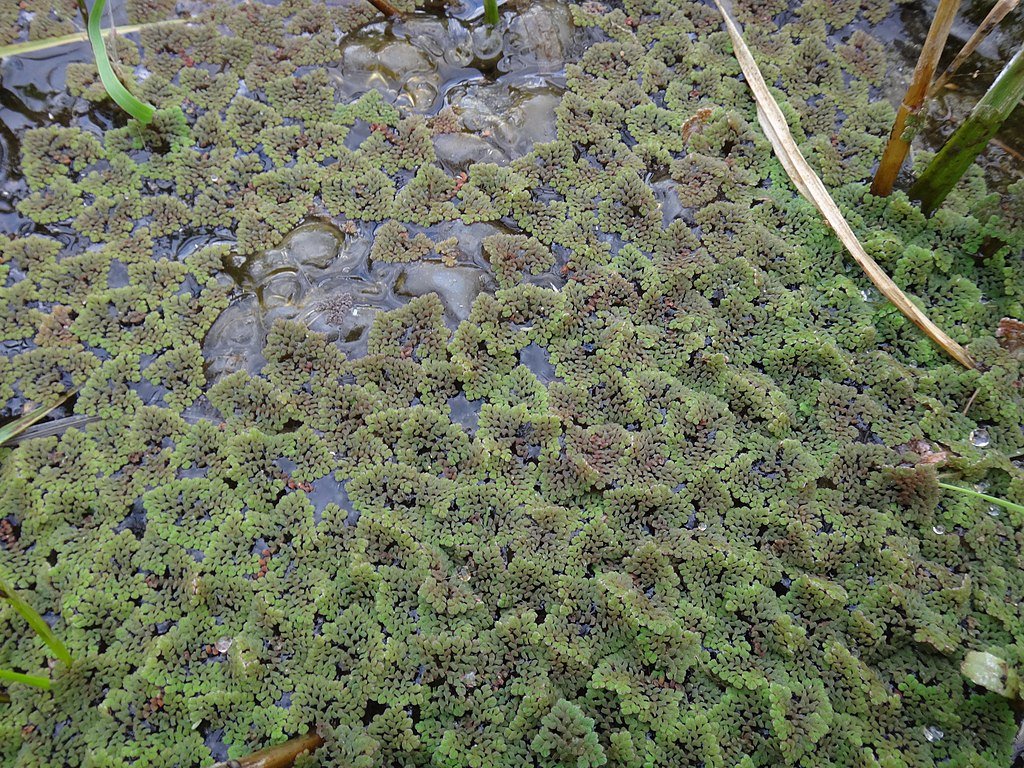
In today’s battle against climate change, Azolla presents a promising solution. Scientists are exploring ways to cultivate Azolla on a large scale to harness its carbon-absorbing capabilities. By expanding Azolla’s growth in suitable aquatic environments, we could replicate its ancient role in mitigating climate change. This approach is akin to using nature’s own toolkit to fix a problem that has been exacerbated by human activity. The potential is immense, but it requires careful planning and execution.
Challenges in Cultivating Azolla

While Azolla holds promise, cultivating it on a large scale comes with challenges. Environmental conditions must be ideal for Azolla to thrive, and there are concerns about its potential to become invasive in non-native habitats. Additionally, maintaining the delicate balance of its symbiotic relationship with cyanobacteria is crucial. It’s like trying to maintain a delicate ecosystem in a fish tank; every element must be perfectly balanced to ensure success.
Azolla’s Role in Sustainable Agriculture

Beyond climate change mitigation, Azolla offers benefits for sustainable agriculture. Its ability to fix nitrogen makes it an excellent natural fertilizer, reducing the need for chemical inputs. Farmers in Asia have long used Azolla as a companion plant in rice paddies, enhancing soil fertility and crop yields. This practice is akin to having a natural gardener in the field, working tirelessly to improve the health of the soil and the plants it supports.
The Environmental Impact of Azolla Cultivation
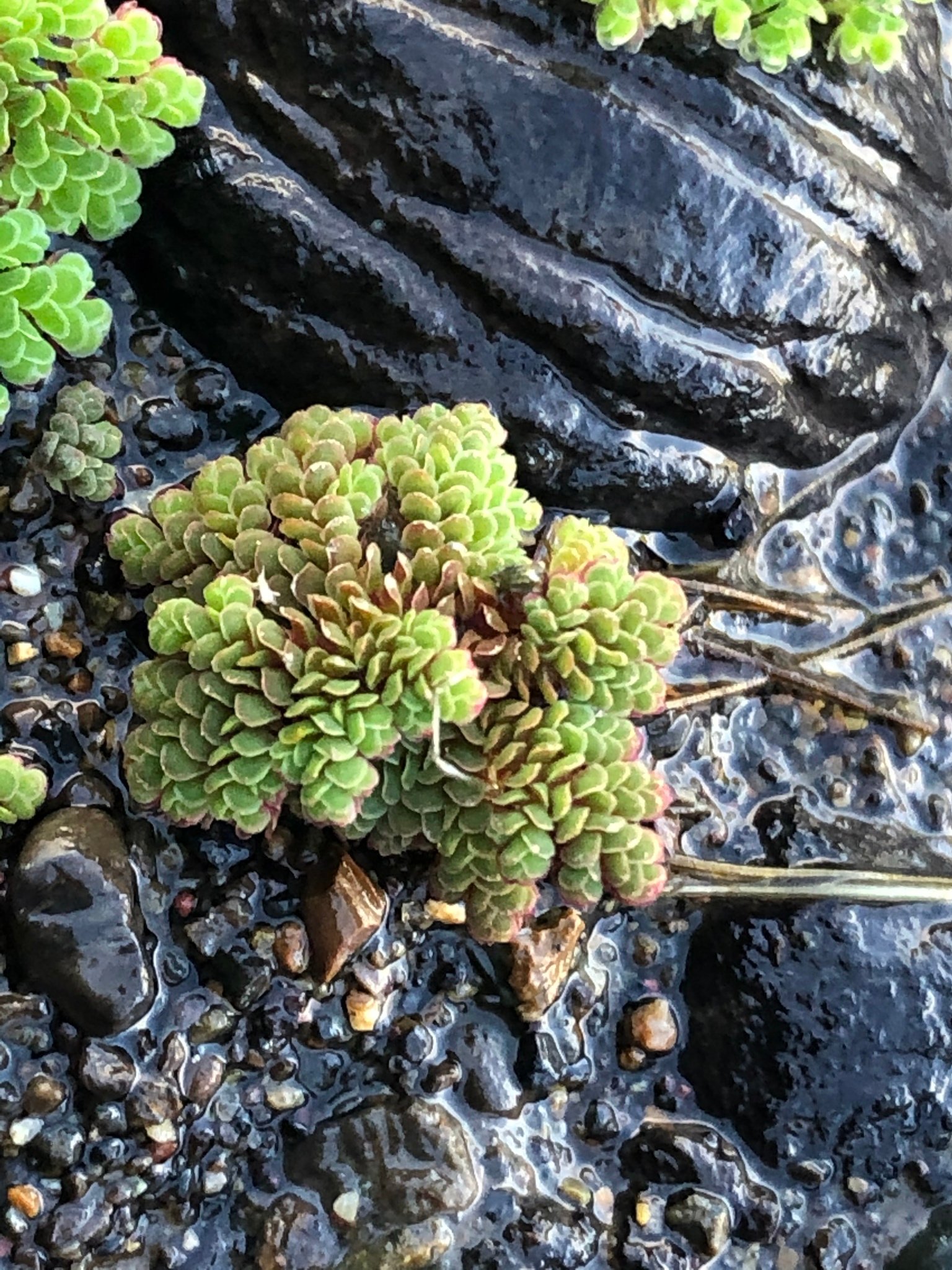
Cultivating Azolla on a large scale could have significant environmental benefits. By reducing reliance on synthetic fertilizers, Azolla can help decrease pollution and improve water quality. Furthermore, its ability to capture carbon could contribute to reducing global warming. Imagine a world where our agricultural practices not only feed the population but also heal the planet; Azolla could be a key player in this vision.
Innovative Research and Future Prospects
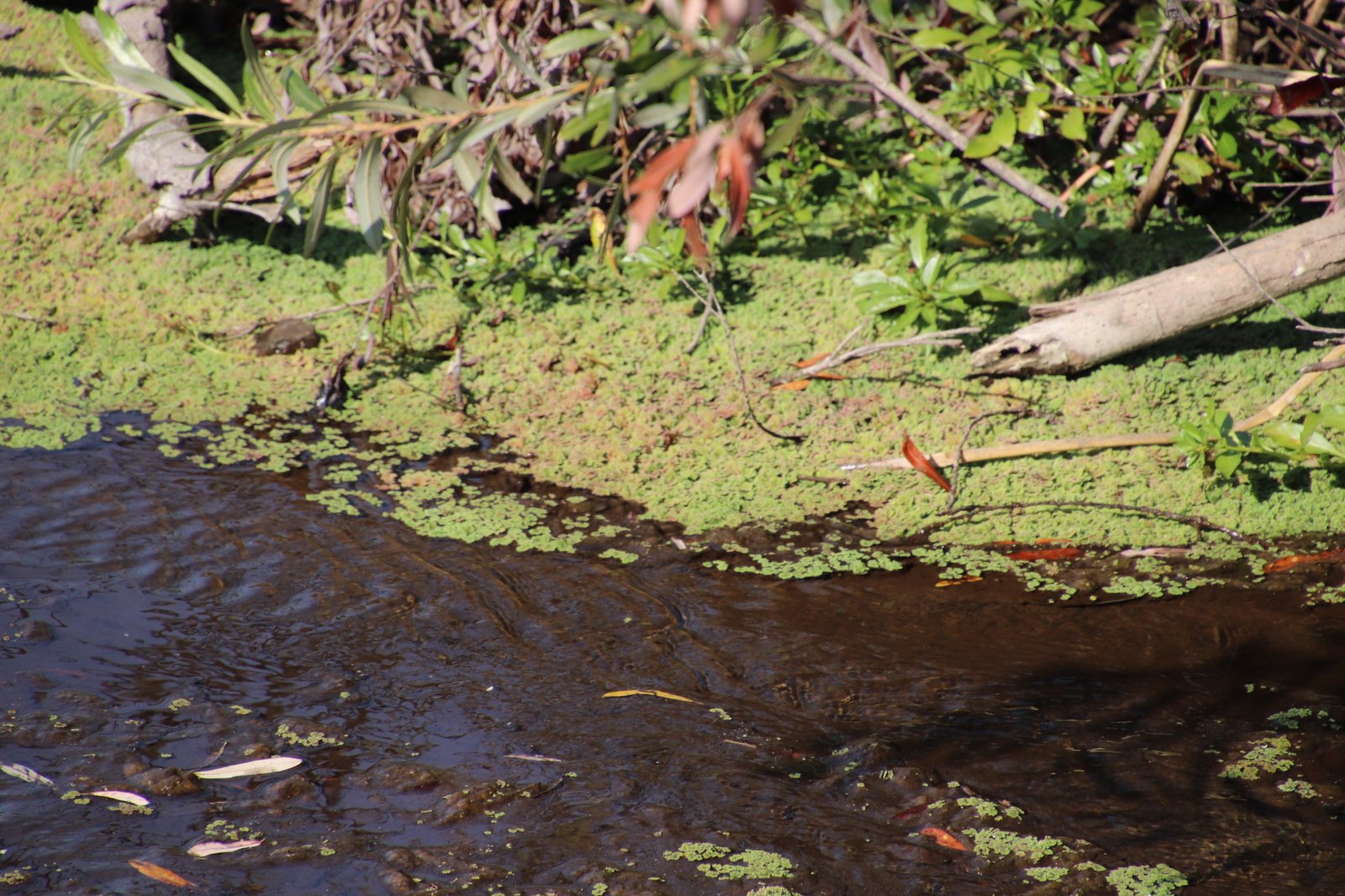
Scientists are continually exploring new ways to harness Azolla’s potential. Genetic studies aim to enhance its growth rates and carbon absorption capabilities, while researchers investigate its role in bioremediation. The future prospects for Azolla are as vast as the fern’s ability to cover a body of water. It’s like standing at the edge of a forest, knowing that each tree holds countless secrets waiting to be discovered.
Azolla: A Beacon of Hope in the Climate Crisis

In a world increasingly affected by climate change, Azolla stands as a beacon of hope. Its historical role in cooling the planet offers valuable insights for modern solutions. By understanding and utilizing the power of this tiny fern, we may discover new ways to combat the climate crisis. It’s a reminder that sometimes, the smallest organisms can have the most significant impact. As we face the challenges of the modern era, Azolla’s story inspires us to look to nature for solutions.



